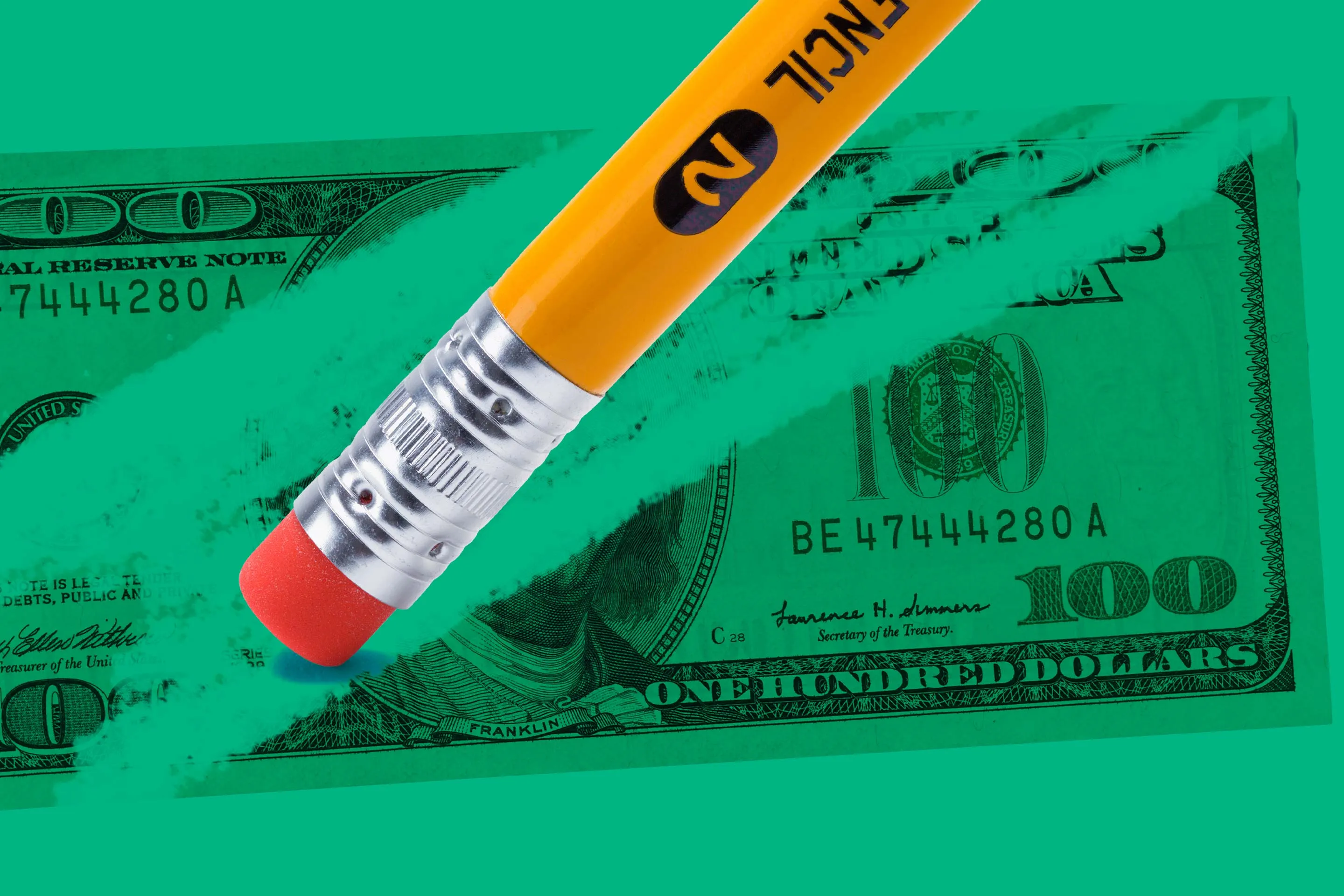More than 1 million student loan borrowers are currently eligible for public service loan forgiveness.
The milestone comes after the Biden administration on Thursday announced the latest round of forgiveness for public sector workers, resulting in more than 60,000 borrowers receiving $4.5 billion in debt forgiveness. Overall, the program has forgiven about $74 billion in debt over the past three years.
It’s “not just a number. This will change the lives of more than a million people who now have more options to buy homes, open small businesses, save for retirement and more,” said Natalie Quillian, White House deputy chief of staff, on a call with reporters.
The Public Service Loan Forgiveness program, or PSLF, was created in 2007 to provide loan relief to borrowers who worked at least ten years in (often low-paying) government or nonprofit jobs. Borrowers must make 120 qualifying monthly payments while working for a qualifying employer to cancel their loans.
In the past, PSLF was notorious for its high denial rate. At the time, the application process was complex, borrowers regularly reported confusion about eligibility requirements, and stories of lenders misaccounting for payments were common.
In 2021, fewer than 7,000 borrowers successfully qualified for loan forgiveness through PSLF—less than 3% of all applicants.
“For too long, the program has fallen short of its responsibilities,” Quillian said.
But approvals have surged following the Biden administration’s efforts to overhaul the program. The White House introduced a temporary relief that gave borrowers credit for past payments that were missed due to administrative errors, and introduced permanent changes that streamlined eligibility requirements and the employment verification process. Most recently, the administration moved all PSLF administration to Studentaid.gov to allow borrowers to more easily track their progress toward forgiveness.
“We’re very proud of this — not just the numbers, but the fact that the process is streamlined so that it can continue to provide forgiveness to government employees for many years to come,” Education Secretary Miguel Cardona said.
With the presidential election just weeks away, he also called the PSLF changes a victory for the Biden administration, comparing recent approval numbers to those under former President Donald Trump. Trump, of course, is running against current Vice President Kamala Harris.
Why PSLF is so important
Increasing the availability and reliability of PSLF has far-reaching economic and social benefits, according to a separate analysis released Thursday by the White House Council of Economic Advisers.
The program was designed to help critical professions—such as teachers, social workers, nurses and doctors—become more financially viable. But CEA’s analysis shows there is still work to be done.
Over the past two decades, public sector workers earned an average of 93 cents for every dollar paid to private sector workers of the same age and education level. The pay gap between the two sectors has also worsened in recent years, increasing from 2.8% in 2011 to 9.5% in 2023. And in some professions the gap is much more significant. Teachers, for example, earned nearly 29% less in 2022 compared to all other full-time workers, controlling for age and education.
This, coupled with the high cost of college, can discourage people from pursuing this career path. This is important because if too few people apply for public sector jobs, there are many ripple effects. As examples, the CEA points to vacant teaching positions and high staff turnover in schools, as well as longer wait times for doctor’s appointments and insufficient access to primary care physicians.
Other Biden administration efforts to ease student debt burden
The latest PSLF layoffs come as the Biden administration’s two other major attempts at student debt relief remain blocked in the courts. The new “Education Savings Savings” debt repayment plan and “Plan B” for forgiving some debts of borrowers in more specific situations, such as those who have been paying off debt for decades or are experiencing financial hardship, are still on hold.
However, the Department of Education has made significant progress in providing debt relief through existing programs. In addition to public service loan forgiveness, approximately 1.4 million borrowers received loan forgiveness under income-driven repayment plans, including those who benefited from adjustments to the calculation of lump sum payments; the debts of more than 1.6 million borrowers who were defrauded by schools or faced closure were canceled; and more than 500,000 borrowers with total and permanent disabilities had their debts discharged.
In total, the administration says it has forgiven $175 billion in student debt for more than 4.8 million Americans.
More money:
As student loan ‘on the ramp’ ends, missed payments will hurt your credit again
An ‘affordable’ college degree now means no debt, parents say
How to Pay Off Student Loans Fast
